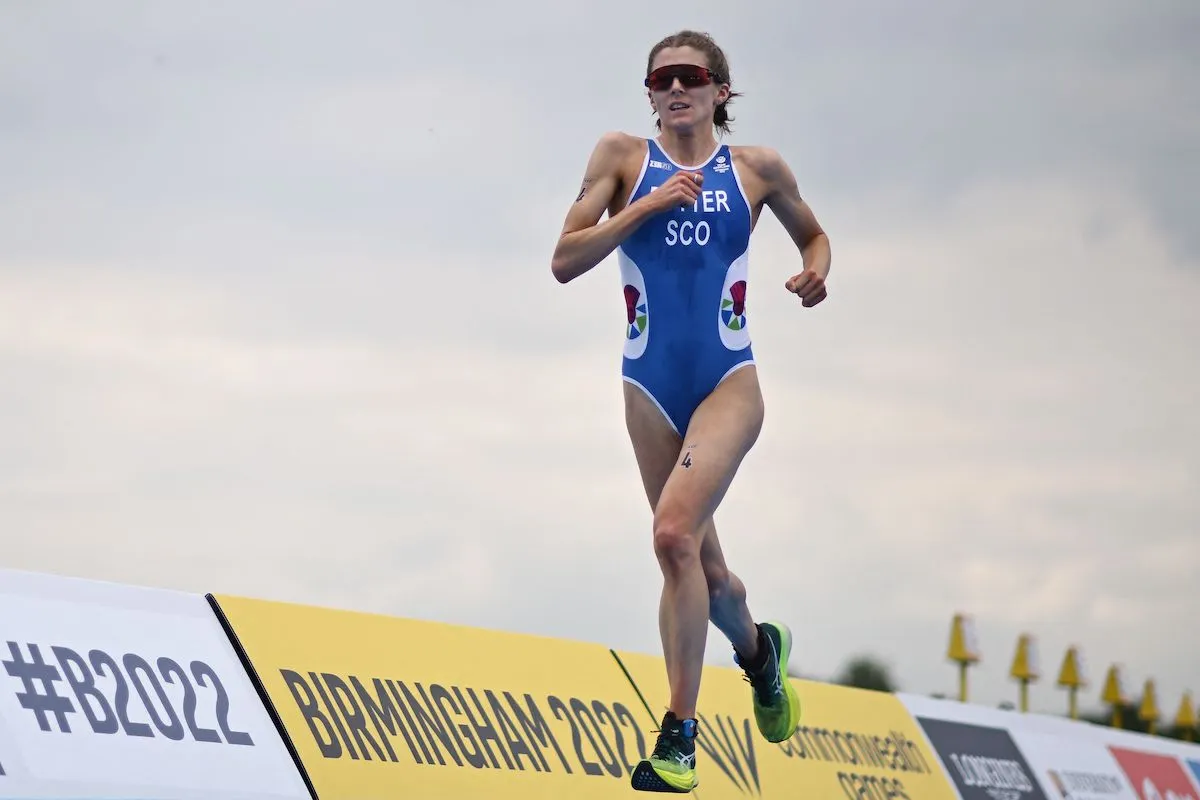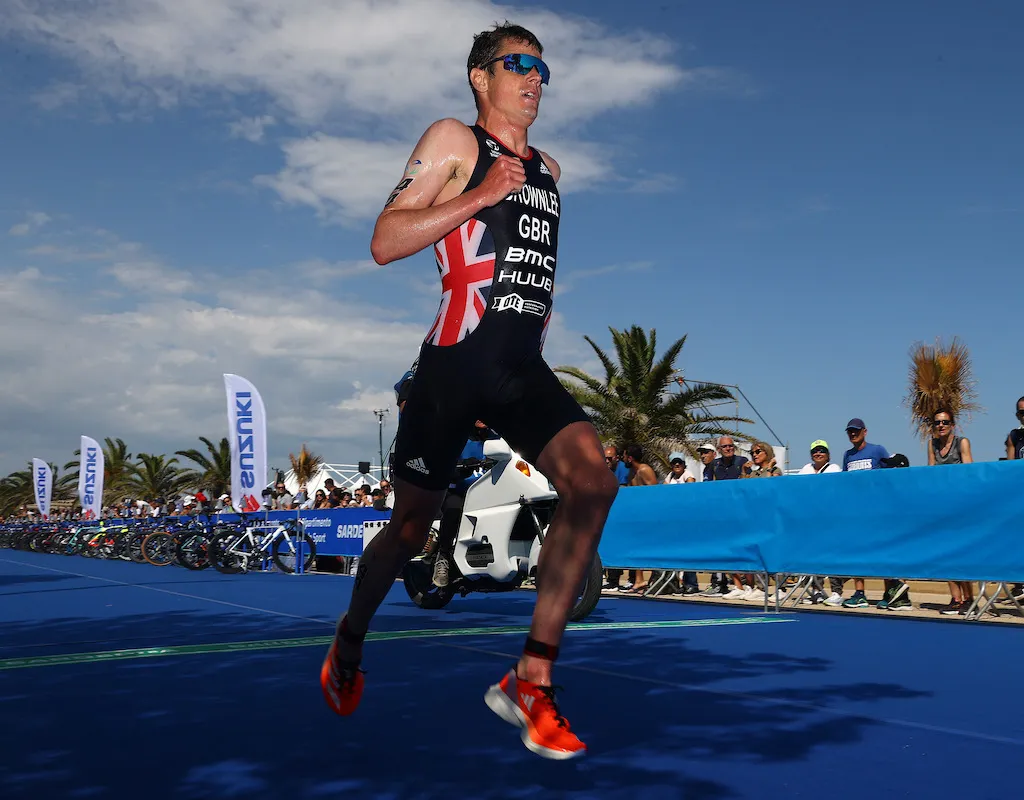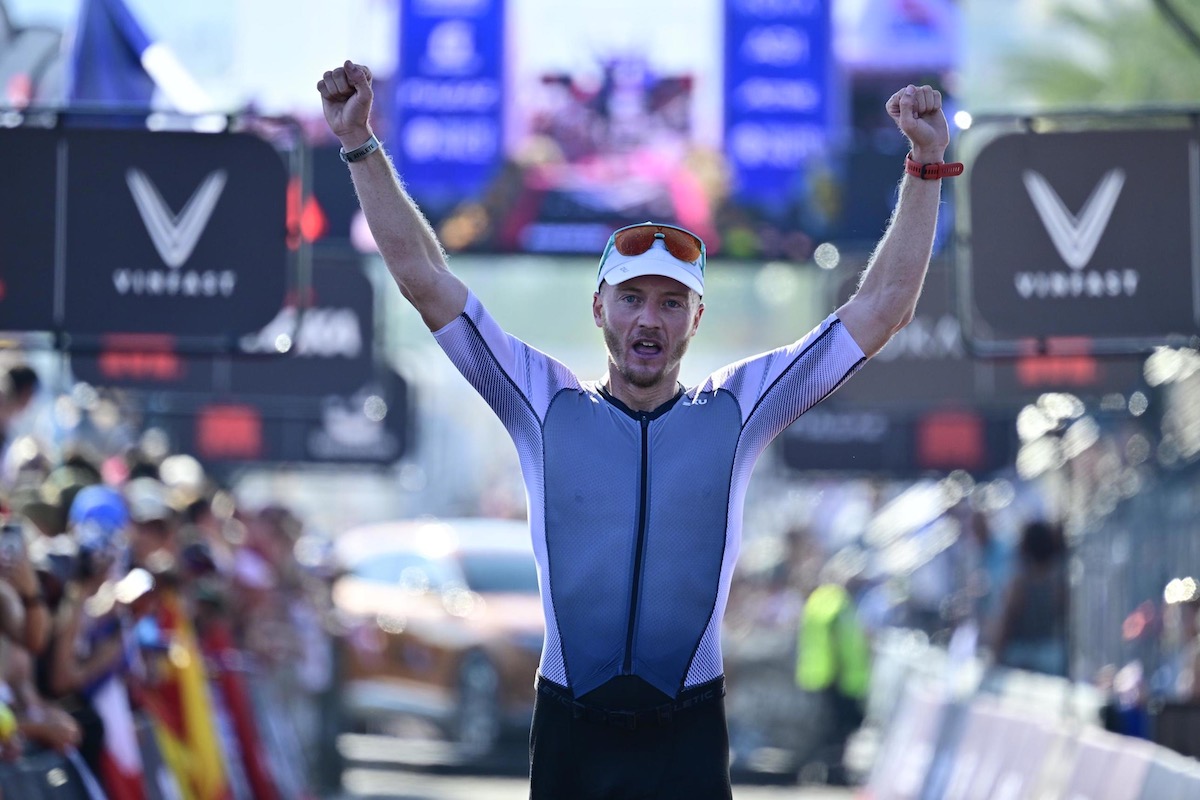It’s the off-season, and you’ve taken a well-earned breather from the grind of training and racing. Now, you’re gearing up to sculpt a better, fitter version of yourself for the upcoming year.
As you reflect on your achievements and plot your course for the future, here’s a timely question: how often do you analyse your technique, especially when it comes to running – the make-or-break discipline of triathlons?
Sure, crunching numbers and scrutinising data are crucial, but what about the nitty-gritty of how you move? While swimming enjoys its fair share of technical focus, it’s time to turn the spotlight on your running game this winter.
Trust us – it’s the opportune moment to delve into the nuances of your run technique and start making those subtle yet impactful improvements.
Run technique is important for many reasons and could be more integral to improving your run performances than you realise. Smoother, more proficient run technique could assist with injury prevention, while running more efficiently under fatigue could be the key to faster run times.
Through the winter you should be focusing at least twice a week on the technical elements of the run. You should do this via specific run sessions and by remembering some key elements that we will go into on below.
10 ways to become a better runner

Running efficiently, and therefore faster, is an art form, but with the following 10 tips and sessions, you’ll be carving a path to a new personal best in no time…
1. Stand tall, run tall
Running isn’t just about putting one foot in front of the other; it’s a symphony of movement. Picture this: eyes forward, no hunching and a slight forward lean for momentum. Standing tall and upright aligns your body, setting the stage for what’s to come.
Imagine that you have a piece of string from the top of your head pulling you upwards; keep your neck relaxed for ease of breathing and shoulders back. Being tall and upright will help the body be in alignment, which we’ll come onto later.
2. Do the tension-relaxation dance
Running efficiently is an art and it starts with mastering the tension-relaxation dance. Relax your neck and shoulders for easy breathing, but activate your core and glutes for stability. This concurrent relaxation and tension results in stability and control throughout the body.
While relaxing some areas of the body will help us with control, having strength and activation in other areas will allow us to propel and bounce off the ground more efficiently.
It’s important to activate these muscle groups before heading out for a run, e.g. 2 x 45sec planks with 15secs rest and two rounds of 20 sit-ups with 15secs rest.
Also include 2 x 15 glute bridges to activate the glutes before heading out for your run.
3. Foot landing sweet spot
Forget the heel or toe debate; aim for the middle ground. Heel landing? You’re slamming on the brakes.
Too much on your toes? Hello, calf tightness. Strive for a midfoot landing but, crucially, align it with your body. Balance is the key.
4. Stride right, land right

Ever seen a runner with a stride that seems too short for comfort? Well, they might be onto something.
Land with your foot underneath you, not too far ahead or behind. Align those hips, knees and feet for the optimal stride.
Increase your cadence for shorter, more frequent steps – counterintuitive but game-changing. It’s much easier to keep our body alignment and shape taking shorter controlled strides than overreaching with the legs.
5. Arms aren’t just for show
Don’t neglect the unsung heroes – your arms. Drive them forward, elbows at 90°, in sync with your stride. Think of them as your wingmen, propelling you forward.
No wild swings or out-of-sync moves. Keep them by your side and shoulders relaxed. Your hands also shouldn’t be balled into tight fists or stressed.
A good way to work on this is to run holding something such as an energy gel upright in your hands, keeping your grip light and relaxed.
6. Conquer the hill

They say no one has bad running uphill. Naturally we run better uphill, activating the key muscle groups to propel us forward and being forced to really find the right momentum. You should focus here on pushing off with your rear leg and your glutes.
Also, stay tall and keep your eyes focused up the hill. Warm up, then hit those high-intensity hill reps – 30secs of fast, hard running uphill and jog down. Repeat around six to eight times.
Focus on staying tall, powering with your arms and maintaining that core strength. On the jog down, keep your feet landing underneath you and not out front.
7. Endure the uphill battle
Like high-intensity hills, but with a twist. Run just below race pace uphill for 2mins, then recover on the way down. It’s not a race; it’s a test of endurance and form under fatigue.
Naturally you should start with good technique and posture. The challenge is holding onto it for the duration of the set. Warm up then run for 2mins uphill at a controlled effort.
Repeat five times with an easy jog back down the hill as recovery.
8. Build the burn
This session is also about maintaining form when running faster and under fatigue. Pick a route that you can use as an out-and-back. Start by running 20-30mins easy, focusing on good technique.
Turn after 20 or 30mins and build the pace on the way back every 5mins. Come the end you should be running above your race pace.
Keep the cadence consistent as you run and focus on not overstriding when running faster.
9. Dress for the conditions

Over the winter it’s important to be well prepared for the conditions. Make sure you keep your legs covered on the colder days because this will allow your muscles to be more efficient, again reducing chances of injury.
Also consider your shoe choices for the above sessions. When we’re focusing on technique and building strength, leave the carbon racers at home; save them for race day and the faster speed sessions.
10. Don’t seek the perfect run
The beautiful part of running is that everyone runs differently. While there is no one perfect way to run, if you focus on the above key principles this winter you could be finding a few extra gains come the season next year.
Remember to properly fuel before and after your sessions, dress correctly for the weather and conditions, and build up the training carefully. Winter is long. Take your time and run efficiently.
Top image credit: Cameron Spencer/Getty Images
